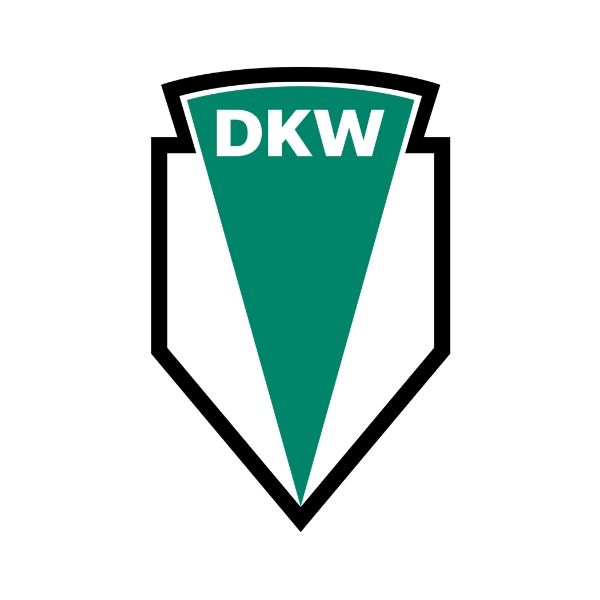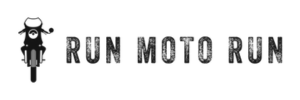DKW
DKW, originating from Germany, holds a monumental position in the history of motorcycle manufacturing. This renowned brand left indelible marks in the world of motor vehicles, creating a legacy steeped in innovation, technical prowess, and design excellence. Known as a subsidiary of Auto Union, one of the four parent companies that came together to form what we recognize today as the globally influential Audi company, DKW's story provides fascinating insights into the evolution of the motorcycle industry.

The birth of DKW traces back to 1916 when Danish engineer Jørgen Skafte Rasmussen established a factory in Zschopau, Saxony, Germany, primarily producing steam fittings. The early years of the company were marked by Rasmussen's relentless spirit of invention, culminating in the creation of a two-stroke toy engine in 1919. This contraption, dubbed "Des Knaben Wunsch" or "the boy's wish", set the foundation for the development of a new kind of motorcycle, named "Das Kleine Wunder" - "the little wonder". The initials from this name were immortalized as the brand name, DKW.
By the end of the 1920s, DKW emerged as the world's largest motorcycle manufacturer, testament to the transformative impact of Rasmussen's ingenuity. Furthermore, it championed the concept of front-wheel drive in automobiles, becoming a notable pioneer in Europe before the advent of the 1932 Adler Trumpf and the 1934 Citroen Traction Avant.
In the inter-war period, DKW continued to build its reputation on the race tracks. Arnold Zoller’s innovative split-single engine design propelled DKW to dominance in Lightweight and Junior racing classes. This glory extended to off-road competitions such as the International Six Days Trial, where DKW found significant success.
The post-war era witnessed DKW producing notable models like the RT 125, which significantly impacted the motorcycle landscape globally. Production shifted to the original factory in GDR, which was later renamed MZ, manufacturing 175, 250, and 350 cc models. After the war, design drawings of the RT125 were given to Harley-Davidson in the US and BSA in the UK as part of war reparations, leading to the creation of popular motorcycles such as the Harley Hummer and the BSA Bantam.
DKW’s influence is clear in the similarity of many two-stroke motorcycles from the 1950s. Brands including Yamaha, Voskhod, Maserati, and Polish WSK produced models echoing the DKW design, further cementing DKW’s integral role in shaping the motorcycle industry as we know it today.
Additional DKW Logos
Author: William Flaiz




